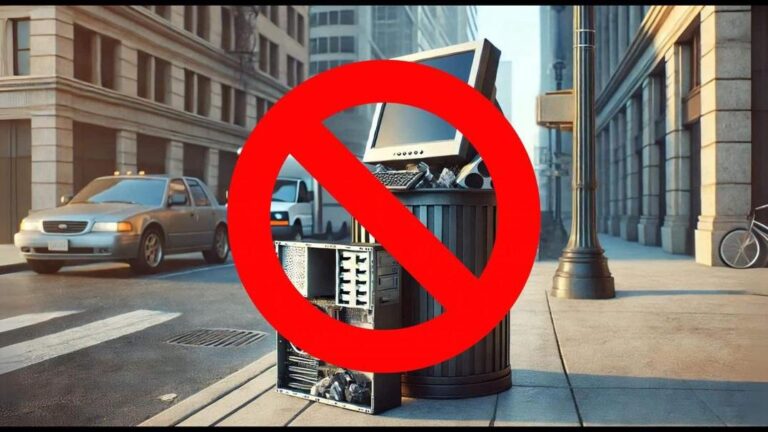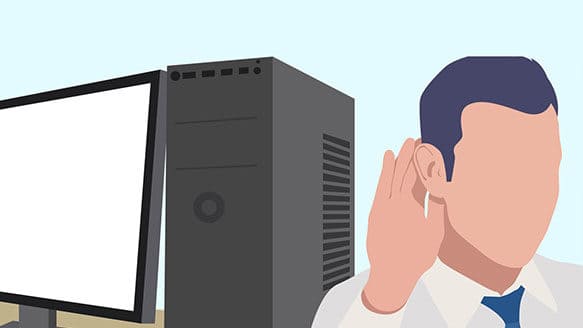We tend to think of backing up as being something separate from keeping our computers secure. Nothing could be further from the truth. Many people do them once or twice and then forget to do them again until they realize something is missing or their computer crashes.
Backups can save you from malware, hardware failure, and user error. When appropriately used, backups also provide you with a safety net from even the most destructive of malware: ransomware. Backups are an essential part of your overall security.
Recovery From Failure
Backups are a great way to protect you from hardware or software failure or even your own mistakes.
- If your hard disk fails unexpectedly, you can restore your computer how it was from a backup image.
- You can restore files from a backup if your software corrupts a file.
- You can restore the most recent copy from your backup if you accidentally delete a file.
The drill is the same online or offline: when something goes wrong, rely on your backup to save you (or at least reduce the impact).
But wait, there’s more!
Recovery from malware
Backups — specifically image backups — play a key role in your overall security.
- If malware infects your system, restore from a backup image taken before the malicious software’s arrival.
- If malware corrupts a file, restore it from a backup.
- If malware deletes files, restore the most recent copies from your backup.
No protection from malware is ever 100% safe. We’re all at risk. A proper backup dramatically reduces the impact of malware that does make it through. With a recent full-image backup, malware becomes an annoyance instead of a disaster.
Recovery from ransomware
Ransomware is just malware.
Everything we’ve listed above about malware applies to ransomware.
- If ransomware infects your system, restore from a backup image taken before the malicious software’s arrival.
- If ransomware encrypts files, restore the most recent copies from your backup.
Yes, it is that simple. And yet…
“But Рansomware can encrypt backups!”
True, this can happen if you are not careful. That’s no reason not to back up. People still die wearing seatbelts, but that’s no reason not to buckle up.
You’re less likely to die wearing a seatbelt. And you are also less likely to be affected by ransomware if you have good backups.
Here’s why:
- Not all malware is ransomware. Your backup still protects you from those.
- Not all ransomware encrypts backups. Your backup still protects you.
- Many backup tools now take steps to protect your backups from ransomware.
- Backups kept on a separate hard drive or secured with an online backup are out of the reach of ransomware.
And again, ransomware is just malware. Malware that is not ransomware that deletes backups has been around for a long time. Same issue. Same solution. You’re safer with a backup than without.
Our recommendation is to do backups at least once a month. Set up a schedule and a reminder in your calendar to connect the backup hard drive, wait until it’s done, then disconnect the hard drive and keep it in a safe place. It’s really that simple and will give you a piece of mind knowing that your data is safe and protected.
However, if you can back up more often, do that. Online backups simplify the process by allowing you to store your data in the cloud, which ransomware usually can’t access.







